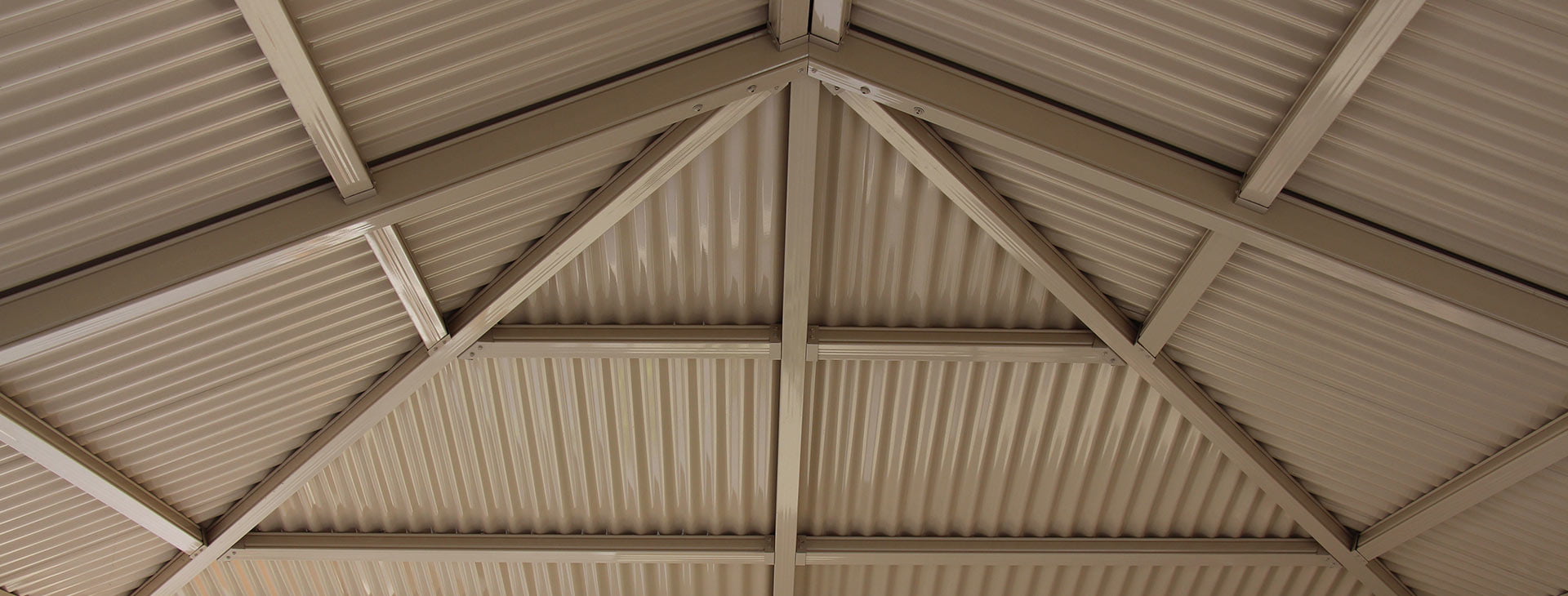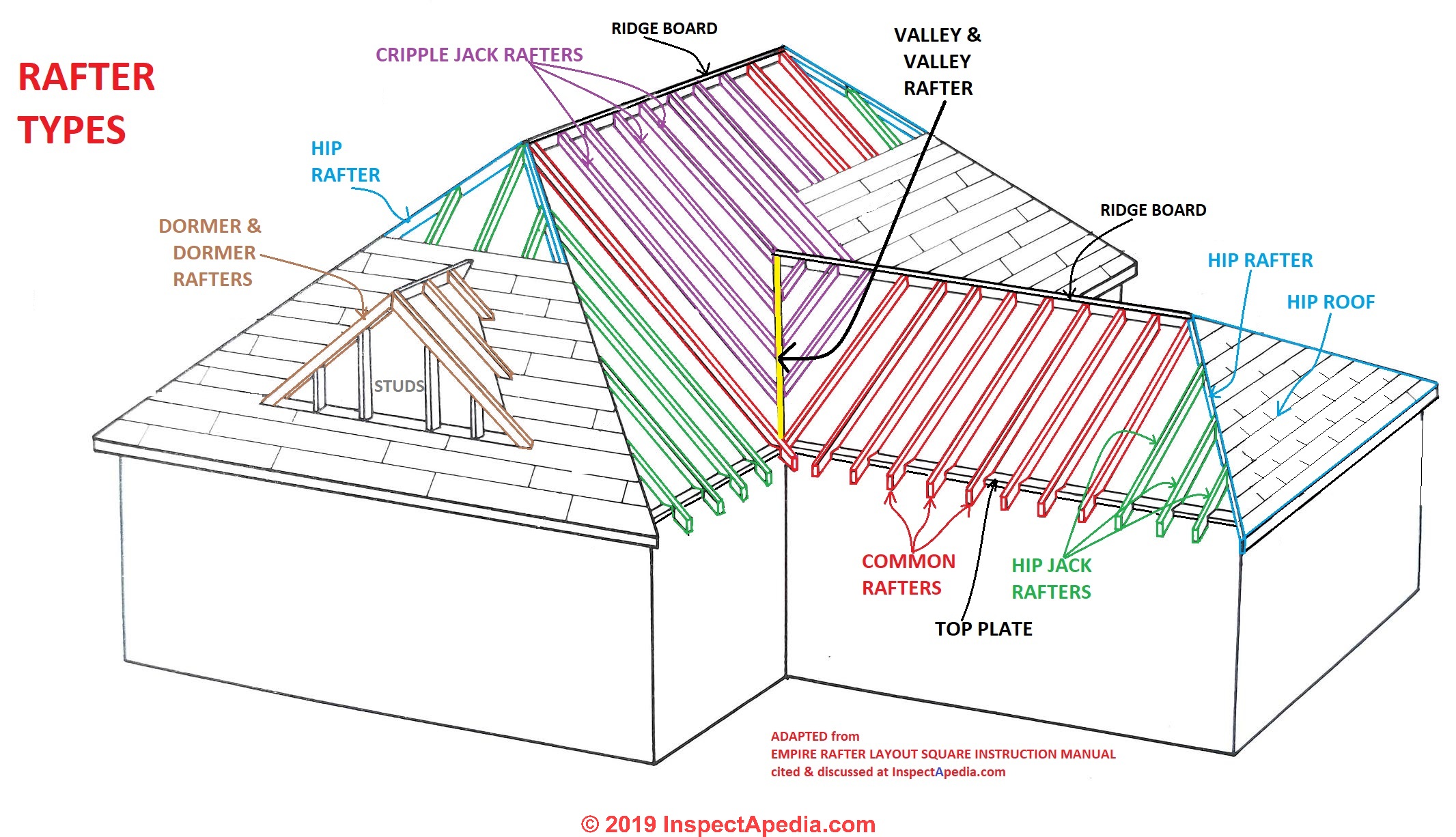Why Would A Hip Need To Be Dropped In Roofing

A square hip roof is shaped like a pyramid.
Why would a hip need to be dropped in roofing. Firstly the self bracing nature of a hip roof means there is little need for extra support. The shingles on your roof serve a dual purpose. This discussion will explain how much to drop a hip rafter. It is sometimes also referred to as a dutch gable roof precisely because it contains both roof style features.
Proper construction and maintenance is a must to prevent minor issues from turning into major problems. A hip roof hip roof or hipped roof is a type of roof where all sides slope downwards to the walls usually with a fairly gentle slope although a tented roof by definition is a hipped roof with steeply pitched slopes rising to a peak. To stop this the carpenters can either drop the rafter by. Roof shingles are not lying flat.
All aspects of the construction are suited to deal with adverse weather conditions including rain snow and wind. They give the roof a finished look while forming a protective seal. For instance hip roofs have more seams than gable roofs making it easier for water leaks to form if the roof is not properly installed. A hip rafter rises from the corner of a building at a 45 degree angle and if the carpenters used the same hap on that rafter as he did the commons the corner of the rafter would rise up above the plane of the roof causing a hump.
Thus a hipped roof house has no gables or other vertical sides to the roof. Lumpy bumpy or curling shingles that do not. Advantages of a hip roof. The gable portion of a dutch hip roof is usually placed at the end of the roof ridge and sits on top of the plane of the hip roof.


















